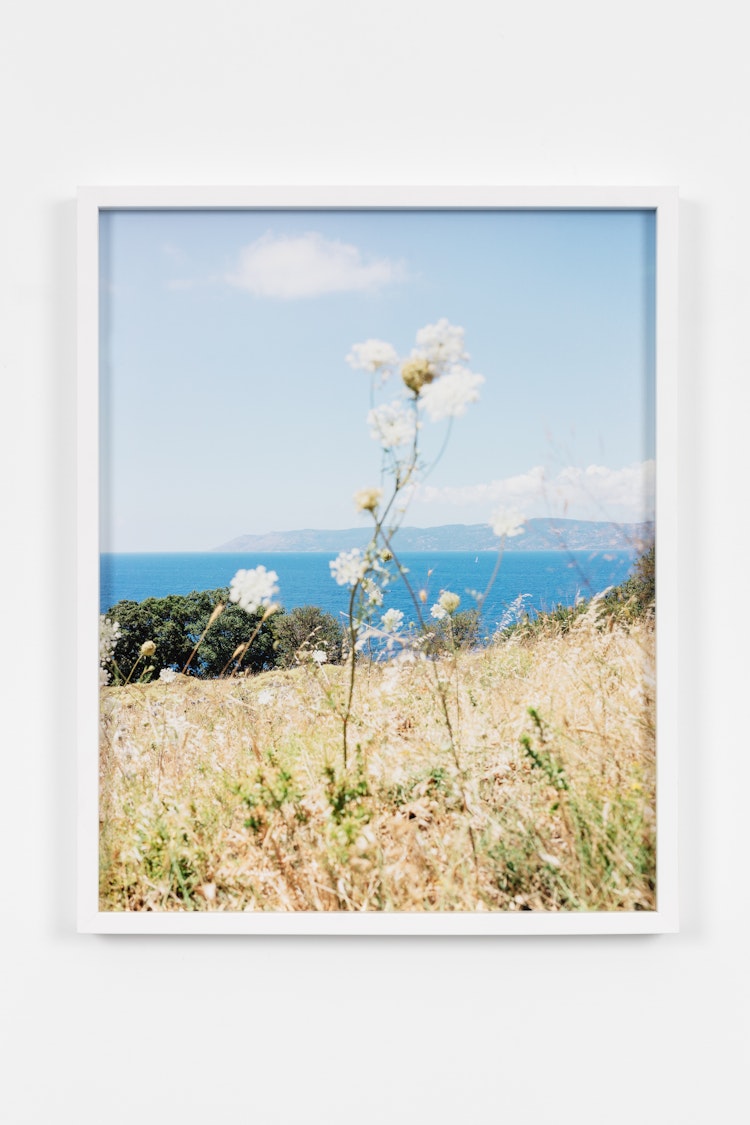Selected Works: June


This month we are embracing the sun, the mother of nature. The light that keeps everything growing and moving around.
On the other side is the shadow, a representation of what existed, an object under the light, a copy of existence in another form, bi-dimensional, moving and following us.
Light and shadow as black and white, as positive and negative.
As the presence and the absence.
Hilde Honerud (b. 1977) is a graduate of Napier University of Edinburgh and the Academy of Fine Arts in Oslo. In recent years, Honerud has worked with the relationship between geopolitical events and the individual from a humanistic perspective.
The exhibition ‘It’s always morning somewhere’ illuminates a hope for the future at a time when we are weighed down by great trauma and environmental damage. In response to the melancholy that can keep us down, the exhibition points to a hope that the future can be shaped through active choices and an awareness of how we relate to the environment, but also to each other. The exhibition invites to reflect on the relationship between human and nature, melancholy and future optimism on an existential and universal human level.
Kristian Skylstad (b. 1982, Oslo) has after completing his education at The Norwegian National Academy of Arts in 2009 become a central figure within the conceptual and post-medial contemporary art movement that arose in the 2000’s. He primarily works with photography, video, text collage, and installation. His works center around themes like the individual’s behavior and emotions, and through photography, he explores interpersonal relationships. Skylstad’s pieces can be read as a staging of human emotional states, like boredom, apathy, powerlessness, and cynicism. He’s especially concerned with how people measure their own individuality and individual experiences against the whole of reality, in other words, a personal understanding of the external world in relation to one’s own thoughts and sensations.
To express these emotions, Kristian Skylstad uses the power of contrasts created by the light and his subject: a person, an object of common use, nature. The contrast between light and dark is used by the artist to emphasize feelings by recreating emotional environments.
Marianne Heske (b. 1946) is educated at Bergen Kunsthåndverkskole, Ecole Nationale Supèrieure des Beaux Arts in Paris, Royal College of Art in London and Jan van Eyck Academie in Maastricht. Heske has been active as an artist for more than 40 years, and has exhibited in museums all over the world.
Marianne Heske was groundbreaking when she in the early 1980s portrayed the Norwegian landscape with a video camera that she extracted stills from. She would then digitally modify the images, creating pixellated dream-like simulacrums and then print them in large formats.
Growing up in the north west of Norway, surrounded by titanic mountains over the Norwegian fjords, Heske brought with her a grand respect for nature and its powers. Following the traditions of romantic landscape paintings, Heske's video paintings praise the grandiosity of nature.
The word mind in the works' titles is pointing at Heske's wish for creating a philosophic and intellectual encounter with nature. The series contributed to changing society at the time's expectations of how different mediums could be utilized in art, and contributed to Heske's position as a ground breaking artist within the scene of Norwegian and international conceptual art.
In this series, the contrast between colors, brightness and darkness, is used to represent nature in a different way, opposite from the organic common idea of it.
Lars Morell (b. 1980, NO) is educated at the Oslo National Academy of Fine Arts.
Over the past few years, Lars Morell has created a complex and diverse body of work consisting of photographs, sculptures, and installations. Morell’s work has always encompassed and questioned the visible/invisible and what seems to be something that it is not. In numerous exhibitions nationally and internationally this iconography has been thoroughly developed, and in his recent works distorted shapes, which now “grow” over the canvas, are constructed from imagery in his previous works – paintings, sculptures and drawings.
During his experimentations, Lars Morell was inspired by how the sun plays with objects creating different shadows on different surfaces.
In his latest works, the artist recreates natural environments in which a warm and soft light is spreading over organic constructions, reminiscent of branching root systems, that are colored by a source of light that we don't see, but that we can imagine.
What are you looking for?